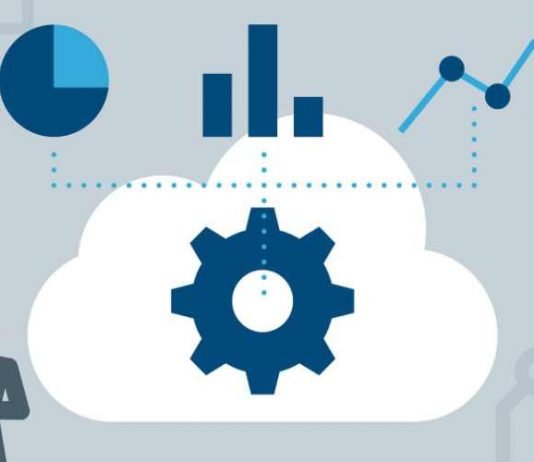In today’s high-tech world, technology plays an increasingly important role in virtually every business. If your company is still using antiquated techniques like ledger books or even spreadsheets to manage IT assets, both time and money are likely to be wasted.
Successful organizations are increasingly turning to barcode asset tracking for help. The use of barcoding can allow you to effectively track and manage all your company’s hardware. It puts you in the driver’s seat by giving you immediate access to a detailed and accurate list of each company asset, where it’s located, who is using it, whether it’s being moved from one site to another, and whether it’s due for an upgrade. If you are still undecided about whether barcoding is right for your company, consider the following benefits.
Contents
Saves Time While Increasing Accuracy
Keeping track of your IT assets can be extremely time-consuming if you are compiling a list manually. Whether you are recording the information in a ledger by hand or entering it into a computer spreadsheet, the process is not only slow but also very susceptible to human error. Conversely, tracking your IT assets by scanning a barcode is immediate and produces far more accurate results than doing it manually.
Moreover, the number of people working from home has grown astronomically due to the pandemic, and from all accounts, remote work is here to stay. This makes it even more difficult and time-consuming to record and track asset information by hand. Obtaining the correct information from remote workers may prove difficult, and verification of the information may prove even more difficult. Barcoding centralizes the information in a convenient and easy to access place and eliminates the possibility of human error.
Saves Money
IT systems are often a big investment for companies, so managing these resources efficiently and accurately will help reduce IT costs and in turn, increase profits. By using barcodes to create a highly accurate database, you will have better information on which to base your business decisions. You will be able to immediately access data showing how your IT resources are being used, including:
- Which assets are being underutilized
- Which assets are profitable
- Which items need repairs or updates
- Which equipment and software purchases are really necessary
You will also avoid the costly mistake of completely losing track of an asset. If you don’t know an item’s location, how do you know whether it’s sitting in inventory and available for use or whether it’s simply missing? If it is being used, how do you know whether it’s being used in the most efficient way? Businesses need to know exactly what IT equipment they have and who is using it in order to accurately assess its value and make informed business decisions.
Increases Accountability
With more and more people working from home, IT equipment does not always remain within the walls of the business. Because employees are often allowed to take needed IT equipment home, there must be a centralized system in place to ensure that these assets are not lost, stolen, or damaged. Barcodes provide this system by allowing businesses to track the movement and location of equipment. This guarantees that the individual who borrowed the item remains accountable for it. If the equipment is not returned or comes back broken, it will be easy to determine who is responsible.
Ensures Up-to-Date Information
Managing your asset database manually makes it difficult to remain up-to-date. You might have a list of your assets at a given point in time, but keeping track of hardware upgrades and system repairs over time will prove very difficult. A database based on barcodes solves this problem by allowing updates to the inventory record that can be accessed immediately and viewed from anywhere.
It also allows businesses to track the location of their assets in real-time. Whenever you transfer an item between users or move an item to a different location, it’s imperative to have a system that allows these changes to be instantly recorded and accessible.
Makes Cybersecurity Possible
As technology continues to evolve, and the world becomes more and more digital, cyberattacks are becoming a bigger threat. Many businesses digitally store confidential business and customer information which could be very damaging if accessed by the wrong person. Companies need to do everything in their power to protect themselves from this type of infiltration.
Clearly, businesses must place a high priority on securing their network, but you cannot secure everything on your network if you don’t know exactly what’s on it. By using barcodes to manage and track all the IT assets on their networks, businesses can have much greater control. They can maintain a current, always up-to-date view of what assets they have and who is using them. This type of system allows user roles to be clearly defined and thus helps restrict access to unauthorized parties.
It also allows IT administrators to make sure that all hardware is configured with the necessary tools. Software applications can also be regularly kept up-to-date since personnel can easily track what type of software is on each device, what version it is, and whether it has been adequately updated.
Using barcodes to track and manage your IT assets is critical for businesses operating in today’s high-tech world. This type of system allows you to keep track of your company’s costly IT assets, eliminates the inefficiency and potential for human error, saves companies both money and time, ensures accountability among employees, and helps protect company networks from cyberattacks.


